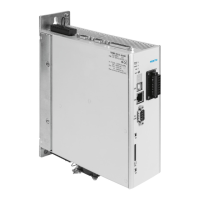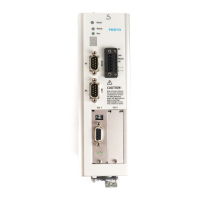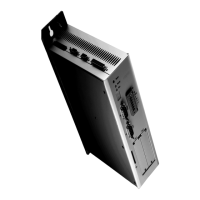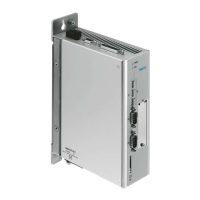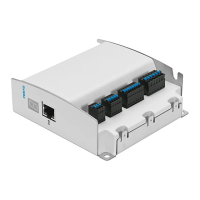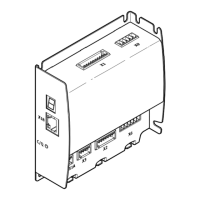2 Operating modes and functions
Festo – GDCP-CMMP-M0-FW-E N – 1304N H 11
2 Operating modes and functions
2.1 Overview
The following operating modes are available to support your application.
Operating mode/
functions
Description
Positioning mode
(Profile Position Mode)
Operating mode for executing a positioning record ( record selection) or a
positioning task (direc t mode). In addition to operation with speed control,
a higher-level position controller (setpoint value generator) is active; it
processes deviations between setpoint position and actual position and
converts it into corresponding setpoint specifications fo r th e speed
controller. For position control, the current settings for speed, acceleration,
deceleration, etc. are taken into account.
Speed-controlled
operation
(Profile Velocity Mode)
Operating mode for executing a positioning record (direct mode).
Regulation in accordance with speed setpoint values and profiles. In
speed-controller operation, current limitation can be activated through
specification of a force/torque limit value.
Force/torque
operation
(Profile Force/
Torque Mode)
Operating mode for executing a positioning record (direct mode) with
force/torque c ontrol ( c urrent control). This operating mode permits
specification to the c ontroller of an external force/torque setpoint value
(relative to the motor current). All specifications on forces/torques refer to
the motor nominal torque or the motor nominal current. Since force/torque
are proportional to the motor current, only t he current regulator is
activated in this operating case. In addition, speed limiting can be activated
through specification of a limit value.
Homing
(Homing)
Positioning mode with a sequence established through the homing method
for definition of the mechanical reference system (homing point).
Interpolated
positioning mode
(Interpolated position
mode in accordance
with CiA402)
Positioning mode with a sequence established through the homing method
for definition of the mechanical reference system (homing point)
– Travelling along trajectory curves
– Coupling of axes for multiple axis systems
– Axis error compensation.
The movement is parameterised for several axes in advance in the shape of
data points (position, speed, time) and loaded into the motor controllers.
Between the data points, the various axes interpolate automatic ally and
work off the movement profile synchronously in time.
Tab. 2.1 Overview of operating mo des
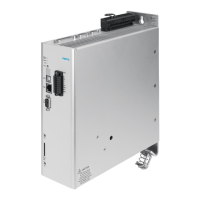
